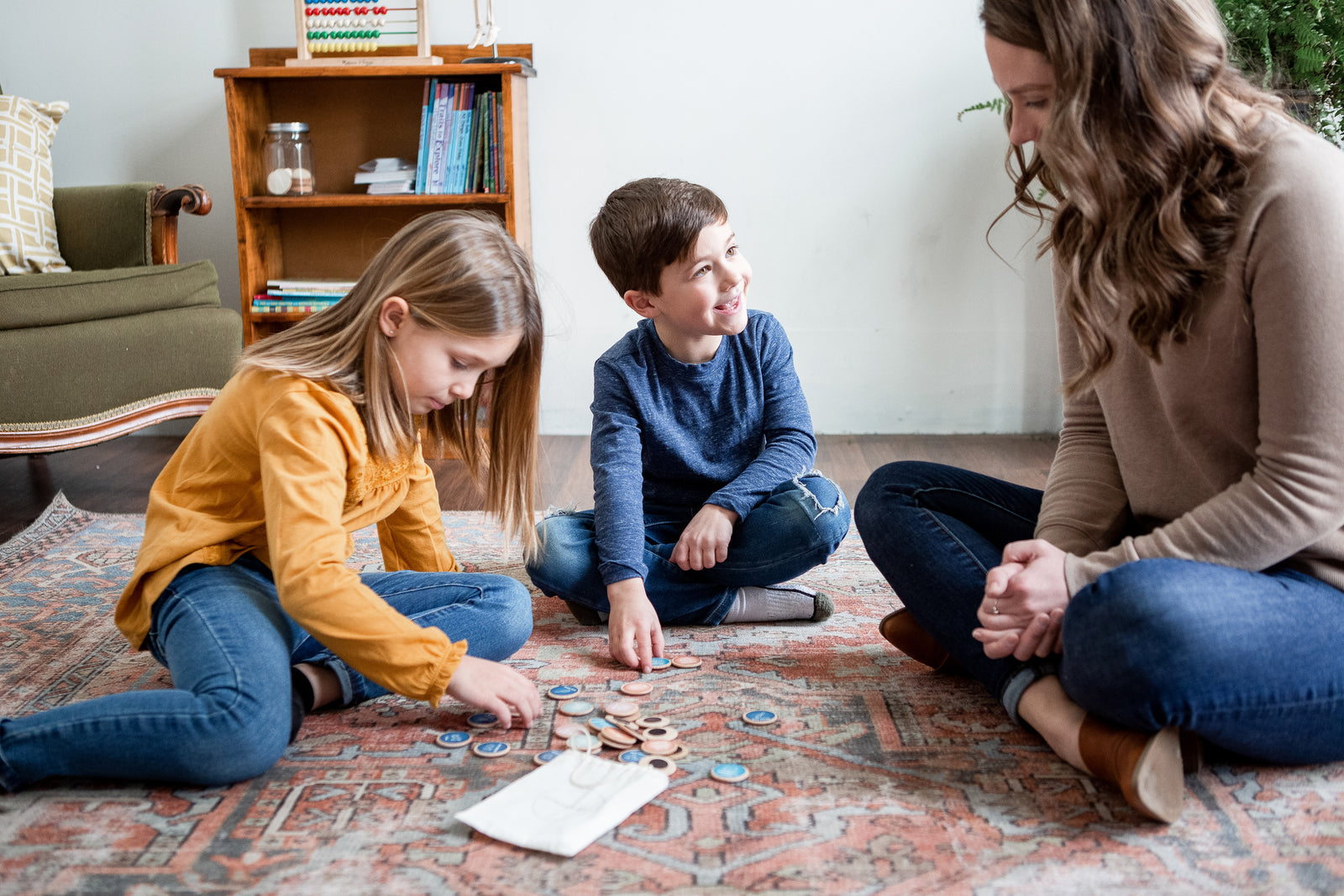
Teaching Character is not a curriculum, but a COMPASS!
Raising kids with character begins with us: It wraps itself into the DNA of our home and our lives. Not taught as a subject or momentary frustrating teaching point.
Here are the Six 6's to Cultivating Character in our Home:
-
Culture: What is the CULTURE of your home?
This is defined by everyday atmosphere that is woven through our lives daily? Who are we and what are we known for? Here are a few areas to consider as you navigate teaching character in the culture of your home every day.
~ Our Words: What do our children hear in the home and with others?
~ Friendships and Relationships: How are their words while interacting with their siblings every day and during school?
~ Respect: Do our children show respect in their responses?
~ Reputations: What are they known for in their conversations, topics and thoughts?
~ Attitudes: How they speak and act towards other people.
-
Choices: Every situation we are faced with is composed of our actions, our thoughts and our words. Our character determines the outcome of those three areas in our life.
We want our children to begin to think independently about their own actions and choices when we are not there to prompt them. This begins by teaching in the conscientious moments daily.
Here are some areas to consider:
~ What decisions are we making as a family that shows true character?
~ How are we handling conflict with others?
~ Have we taught our children the "put off/put on" principle. Whatever they choose to not do, be sure to replace it with a virtue of good character.
~ What are we doing when we think no one is watching?
~ Begin asking the question: "What will be a better way?"
~ Our Thoughts determine our actions: How do our thoughts showcase our character?
-
Correction: When we correct our children with character we are modeling the example we hope they will remember and follow. Correction is not about the symptoms, although that needs to be addressed, but the heart. Go to the root.
~ Avoid the long checklist and car sermons before going somewhere
~ Avoid character training in the middle of a conflict.
-
Conversation: Our speech and daily interaction is the KEY to teaching character daily.
~ Acknowledge positive choices, Acknowledge negative choices.
~ Show your child where those actions, reactions and words came from.
~ Teach them the "put off put on principle"
~ Weave scenarios into your school day and don't miss the daily choices your kids are making and use them as examples.
~ Use Negative moments in school day to train with patience and character.
~ Give them practical alternatives to how they acted and reacted
-
Creatively
Here are creative and practical ways to work on Character in our homes every day.
Little Learners:
- Begin using character language while talking to your children. Use the words you want them to live out.
EXAMPLES:
If you want them to work hard, use the word diligence.
If you want them to stop complaining, use the word grateful.
If they are learning to not be distracted or staying on task, use the word attentive.
- Pick ONE Character Quality a week to focus on and break it down into the Six C's of their lives. Teach one per day and give practical examples and review regularly in the teaching moments.
- Use the moments while telling stories, giving baths, doing chores or school assignments together to discuss good and bad character choices we can all make.
- Use a reward system and character tokens for a visual reminder and reward.
- Display a Character Card or Quality in their room or in your main learning area.
- Carry your character qualities on a ring in the car while on the go.
- Use Character art for décor in your home and draw attention to the "I Can's" daily.
Tweens and Teens:
- Topical use of words and definitions from the yellow, green and purple sets
- Examples of consequences in others who made poor choices
- Teach the opposite of good character
- Give practical details in their everyday lives on 'how to use good character," so when they are faced with the choices, they are prepared.
6. Conviction:
The beginning and the end of character in any of our lives, begins with a partnership of Christ and the Holy Spirit.
It is not our job to replace the Holy Spirit.
Conviction begins with ownership, repentance and the amazing power we allow Christ to do in all our lives.
Take your kids in prayer in their virtue and character.




